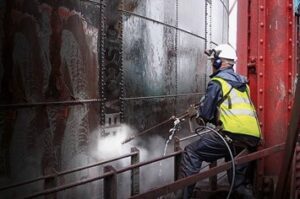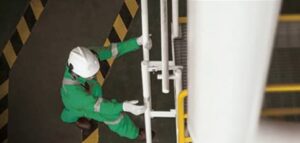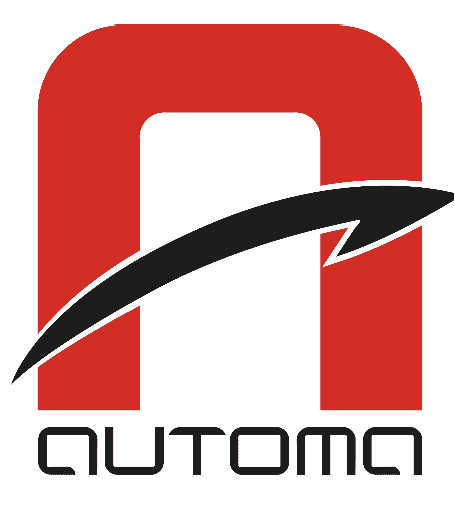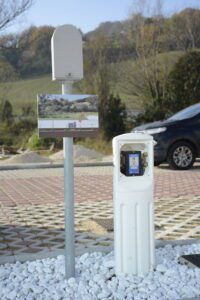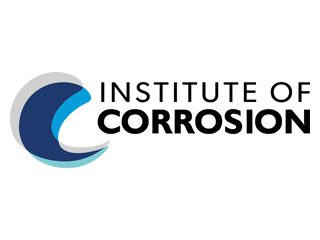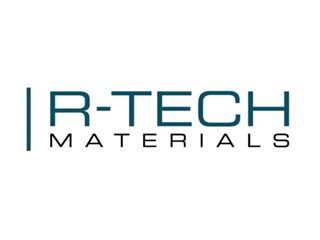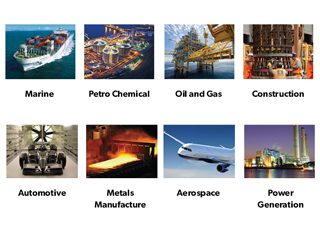The cart is empty!

From the Editor
Dear Members,
Welcome to the July-August issue of Corrosion Management.
The month of June was marked by two significant international events. World Environment Day, established in 1972 by the United Nations at the Stockholm Conference on the Human Environment, was observed on 5th June. This day emphasises the urgent need to preserve and enhance our environment. Later in the month, on 23rd June, we celebrated International Women in Engineering Day (INWED). INWED began in the UK in 2014 as a national campaign by the Women’s Engineering Society and has since grown into a global celebration of the outstanding contributions of women in the engineering field. To honour these important events, we have included two special articles in this issue. The first, “The Importance of Corrosion Technology in Environmental Sustainability,” explores how advancements in corrosion technology are pivotal to protecting our environment. The second is an autobiographical piece by Dr. Jane Lomas titled “My Life in Rust,” offering an inspiring account of her journey in the field of corrosion engineering. We are excited to introduce a new column, Corrosion Morphologies. In this column, Sarah Bagnall has contributed an insightful article about CO2 corrosion.
Our “Ask the Expert” column features an article by Joseph Itodo Emmanuel titled “Screening Tests for Corrosion Inhibitors.” This piece provides valuable guidance on selecting and evaluating the efficacy of corrosion inhibitors.
The first technical article in this issue, “Investigation of Green Corrosion Inhibitors and Comparison with Conventional Inhibitors, Using the Electrochemical Noise Method (ENM),” is authored by Tianyang Lan and Douglas Mills. Their research demonstrates that ENM is a reliable and fast method for assessing the corrosion process and the protective effects of inhibitors at ambient temperatures.
I have contributed the second technical article, “Combating Corrosion Challenges Using Green Corrosion Inhibitors in Acidic Mediums,” where I discuss solutions for addressing corrosion in challenging environments using environmentally friendly inhibitors. Dr. Idrees Zafar has authored the third technical article, “Case Study: Corrosion Monitoring of In-Service Reinforced Concrete Structures.” This case study presents an approach to evaluating the corrosion state of reinforced concrete structures in service and estimating their expected service life in existing harsh/marine environments.
As always, we welcome your contributions and encourage you to send in your content for consideration, including industry news, technical articles, and pieces for the Fellow’s Corner. Thank you for your continued support and engagement with Corrosion Management.
Best Regards
Dr Shagufta Khan, FICorr Consulting Editor, editor@icorr.org



